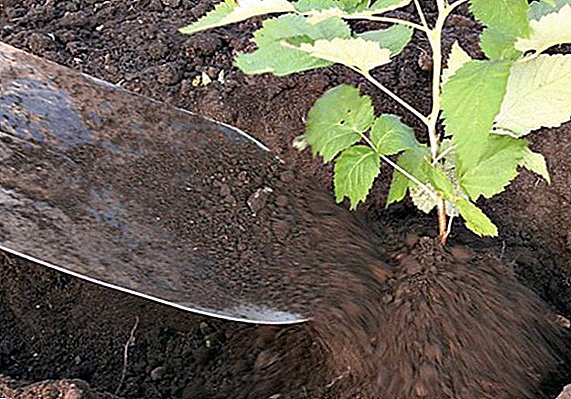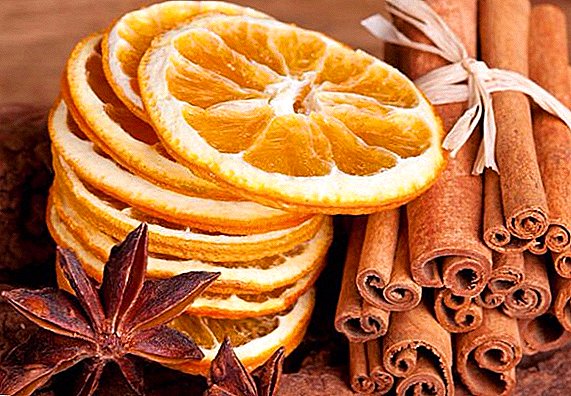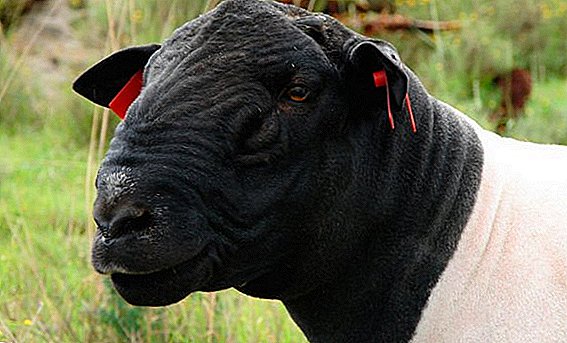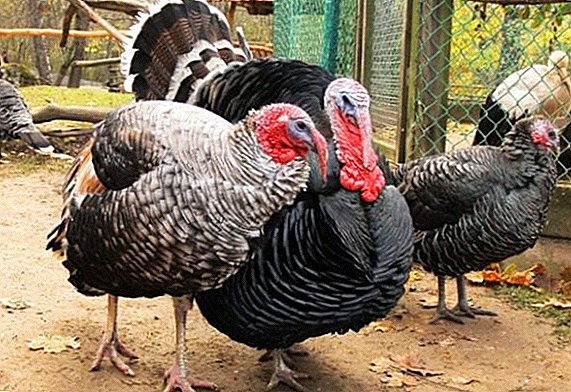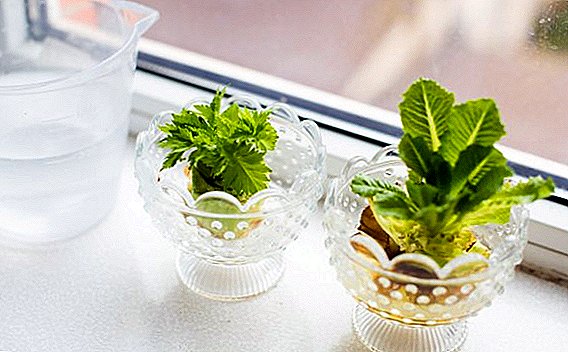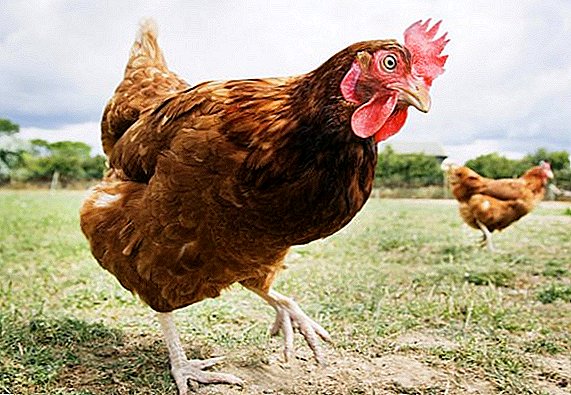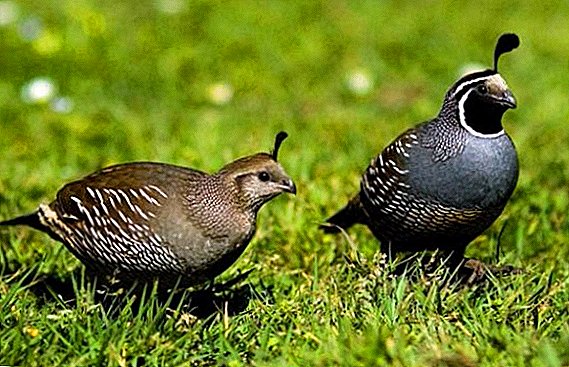 Breeding and keeping of quails at home is carried out for three purposes: for eggs, for meat and for decorative purposes. Depending on these needs, about 40 different species of domestic quail were bred. Therefore, before you start these birds in your home, you need to decide what kind of breed is suitable for the implementation of your goals. In this material, we offer an overview of the best breeds of quails, their advantages and disadvantages.
Breeding and keeping of quails at home is carried out for three purposes: for eggs, for meat and for decorative purposes. Depending on these needs, about 40 different species of domestic quail were bred. Therefore, before you start these birds in your home, you need to decide what kind of breed is suitable for the implementation of your goals. In this material, we offer an overview of the best breeds of quails, their advantages and disadvantages.
Quail ordinary (wild)
Quail common in the wild is found in South and North Africa, Eurasia, inhabits the islands of the Mediterranean Sea, Madagascar, Comoros, Canary Islands, the British, etc. Winters in India and Africa. It dwells in open spaces, on plains and in mountains, on uncultivated or arable fields. In the international classification is fixed under the name Coturnix coturnix.
Did you know? In the old days, common quail in different countries was used by man as a game for hunting. He was loved to eat as a delicacy dish. In pre-revolutionary Russia, quails were kept in captivity as songbirds. In Turkestan they were exposed in bird fights.Quail belongs to the family of pheasants. It is a valuable hunting bird. According to morphological features, it is a small feathered one with a body length of 16-18 cm and a weight of 110-140 g. The wingspan is 32-35 cm.
 It has a protective coloration - the upper part of the body is brown, with black and whitish patches, the belly is light yellow, the chin and throat are black, the beak is dark gray. The female looks like a male in appearance, but has a lighter belly and throat.
It has a protective coloration - the upper part of the body is brown, with black and whitish patches, the belly is light yellow, the chin and throat are black, the beak is dark gray. The female looks like a male in appearance, but has a lighter belly and throat.It nests on the ground. It feeds on plant food, rarely insects. Females lay 8-13 eggs. Duration of incubation is 17-20 days.
Quail common has eight subspecies, which differ in color and distribution.
The population of quail in nature over the past decades has been steadily declining. This is due to several reasons: climate change; pesticide use in fields where birds feed; active hunting of these birds; problems that occur during the wintering in Africa.
English white
English white quail refers to meat and egg breeds. It has white plumage, sometimes with separate dark feathers, and dark eyes. Females reach a mass of 140-180 g, males - up to 160 g. The annual egg production of quails is 280 pieces, each egg has a mass of up to 15 g.
The advantages to this breed of quail can be recorded high performance and viability, good preservation of offspring (85-90%), unpretentiousness, attractive type of carcass and eggs.  The disadvantages include the fact that females and males do not have external differences before reaching the age of 7-8 weeks, and it is almost impossible to determine their sex. This can be done only after reaching the age of sex on the cloaca. Also, the minus of the breed can be attributed to fairly large doses of feed consumed (40-43 g / day),
The disadvantages include the fact that females and males do not have external differences before reaching the age of 7-8 weeks, and it is almost impossible to determine their sex. This can be done only after reaching the age of sex on the cloaca. Also, the minus of the breed can be attributed to fairly large doses of feed consumed (40-43 g / day),
Did you know? Quail meat is dietary - it is low in calories and low in cholesterol. It is believed that its regular use leads to a general strengthening of the human body.
English black
As a result of a mutation from the Japanese breed in England, black quail was obtained. It is inferior to its progenitor in the annual egg-laying (in English quails, it is 280 eggs), but surpasses in mass. The weight of the female English black quail is 180-200 g, the male - 160-170 g.  As the name implies, these birds wear dark brown, turning into black plumage. Their eyes are light brown. The advantages of English black quail: high egg production and low feed intake (30-35 g). Disadvantages: birds of this breed are characterized by rather low hatchability of chicks (75-85%).
As the name implies, these birds wear dark brown, turning into black plumage. Their eyes are light brown. The advantages of English black quail: high egg production and low feed intake (30-35 g). Disadvantages: birds of this breed are characterized by rather low hatchability of chicks (75-85%).
Important! If suddenly quails ceased to be carried, there could be several reasons for this: poor illumination, temperature disturbance, feed change, stress after being transported from one place to another, or transplanting from one cell to another.
Manchu golden
The plumage of the bird of this breed is colored brown, the middle is lighter - the color of wheat, in the sun gives the individual a golden hue. Quails reach a mass of 140-160 g, quails - 160-180 g. Egg-laying of quails is small - approximately 220 pieces per year (with good care, 260 can be achieved). The hatchability of chicks is low - 75-85%.  Advantages of this breed:
Advantages of this breed:
- it is possible to determine the sex of chicks at an early age;
- one individual consumes quite a bit of food - 30 g;
- a large egg weight - 16 g;
- an attractive view of both live birds and carcasses;
- disease resistance.
Marble
Marble quail obtained by mutation of the Japanese breed. Recognizable by monotonous gray plumage with a marble pattern on feathers. This quail belongs to the egg breed. In terms of the mass and number of eggs delivered per year, it is not significantly different from the progenitor breed. The live weight of the female pulls up to 145 g, the male - 120 g. The annual egg production is 260-300 pieces. The weight of one egg is 10-11 g.  The advantages of marble quail include a good presentation of carcasses and low feed intake (30 g).
The advantages of marble quail include a good presentation of carcasses and low feed intake (30 g).
Tuxedo
The result of the crossing of white and black quail was the breeding of the tuxedo breed - birds with a dark back and white breast. Adult tuxedo quails reach a mass of 140-160 g, quails - 160-180. Females lay an average of 280 eggs per year. The weight of each is 10-11 g. 
Pharaoh
The Pharaoh is the most popular meat breed among breeders primarily because of its weight - it is impressive among them: layers - 310 g, males - 265 g. The breed is bred by Americans.
The advantages, in addition to weight, include the possibility of early determination of the sex of chicks, high hatchability of chicks (80-90%) and fertilization of eggs (75-85%).  Along with excellent weight indicators, the Pharaohs are somewhat inferior to other breeds in egg production - 200-220 pieces, the weight of one egg is 12-16 g.
Along with excellent weight indicators, the Pharaohs are somewhat inferior to other breeds in egg production - 200-220 pieces, the weight of one egg is 12-16 g.
Among the shortcomings, one can also mention the nondescript color of the plumage (the pharaohs are similar to wild relatives) and, as a result, the loss of presentation of live birds. These quails also require special maintenance measures.
Important! Meat breeds need a special diet. In order for them to gain weight better, it is recommended to add vitamins, herbs and mineral supplements to the feed.
Texas White Pharaoh
Another meat breed of quails with impressive bird sizes is the Texas white pharaoh. These completely white individuals have a live weight of 400-480 g in females and 300-450 in males. Among the advantages of the breed can also be noted the rapid growth of birds.  The negative aspects of the Texas pharaohs include low egg production. (200-220 eggs / year) and the same hatchability of chicks (60%). The weight of one egg varies from 12 to 16 g. The minus of the breed also includes high feed intake (40-43 g / day) and the impossibility of determining the sex before the laying of eggs.
The negative aspects of the Texas pharaohs include low egg production. (200-220 eggs / year) and the same hatchability of chicks (60%). The weight of one egg varies from 12 to 16 g. The minus of the breed also includes high feed intake (40-43 g / day) and the impossibility of determining the sex before the laying of eggs.
Estonian quail
The best quails belonging to meat and egg breed can be called birds belonging to the Estonian breed. They are characterized as excellent egg production - 300-320 eggs per year, and a decent mass of females - 200 g and males - 170 g. They are also distinguished by high hatchability of offspring (82-90%) and fertilized eggs (90%). The rate of consumption of food by one individual - 35 g per day, which is a lot compared to other relatives. However, this disadvantage is completely covered by the main advantages of the breed: unpretentious care, a high degree of survival and excellent productivity. 
Japanese quail
The most popular quail for eggs is Japanese. When breeding this breed, it was the egg production that was put at the forefront. However, having achieved an indicator of over 300 eggs per year, at the same time, Japanese quails lost their incubation instinct. Therefore, breeders should always acquire incubators.  The mass of females is 140-145 g, males - 115-120 g, carcasses - 80 g, eggs - 8-12 g. The breed is characterized by high fertility of eggs (80-90%), rapid development and growth, resistance to diseases and unpretentiousness in leaving. The output of chicks is low - 70%.
The mass of females is 140-145 g, males - 115-120 g, carcasses - 80 g, eggs - 8-12 g. The breed is characterized by high fertility of eggs (80-90%), rapid development and growth, resistance to diseases and unpretentiousness in leaving. The output of chicks is low - 70%.
The appearance of the Japanese quail is characteristic: its body is elongated, the tail is short, the color of the plumage is brown-white.
Japanese breed is fundamental for breeding other species. Thus, if your goal is to get eggs from quails, then you need to choose for breeding the English white quail, Manchu golden, Japanese. In order to get both eggs and meat, choose Estonian quails and Pharaoh. When planning to open a meat quail business, you should take a closer look at the Texas white quail and again Pharaoh.


